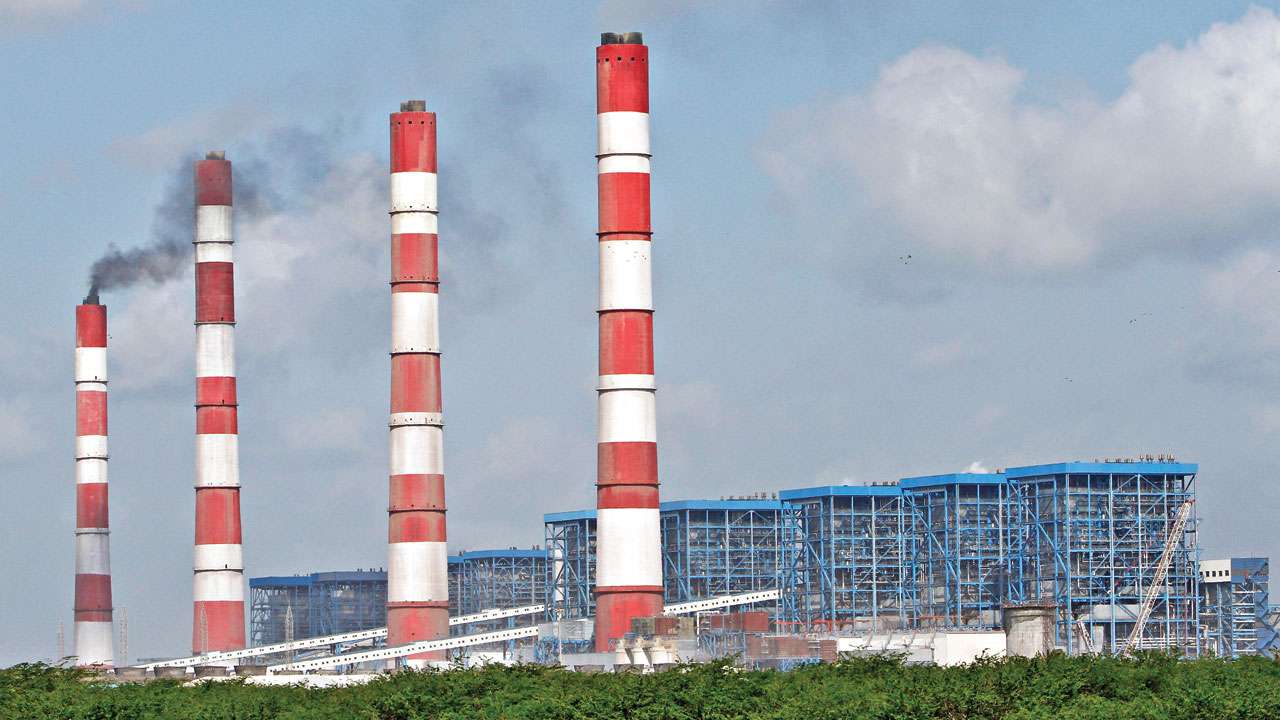
As a member of the High Power Group (HPC) set up by Gujarat government for evaluating the options to ensure sustained operations of stressed imported coal-based power projects in its coastal region, one question that I am always asked after recent Supreme Court order is whether this provides a template for resolving the problems of all stressed power projects. My answer is: India’s power sector scenario is too complex to provide a simple ‘fix’ but the approach adopted may provide guidance to deal with other stranded assets.
As regards the three coastal Gujarat projects of Tata, Adani and Essar based on imported Indonesian coal, the Supreme Court (SC) has asked the Central Electricity Regulatory Commission (CERC) to consider the report of the HPC which recommended steps to prevent the plants from continuing to incur daily losses after factoring in various concessions by developers and lenders. Under the plan, CERC will get eight weeks to decide upon relief for these plants after hearing the objections of consumer groups and other stakeholders. Unlike in the past where the cost of coal was fixed, there will now be a pass-through but with certain ceiling —if prices rise, consumers will pay more and vice versa. If the CERC agrees to the panel’s proposals, this will help rehabilitate nearly 10,000 MW of power built at a cost of around Rs 50,000 crore; immediately, tens of thousands of crores of bank loans will no longer be at risk.
To understand the crisis faced by the power sector, particularly of non-performing assets (NPAs) we need to look at the bigger national picture.
Per-capita electricity consumption of the country has crossed over 1,000 kWh, but still, it is far below compared to other countries such as China (4,000 kWh per annum) and developed countries (about 15,000 kWh per annum). The all-India installed capacity, as of August 2018, stood at approximately 344 GW, with a contribution of roughly 221 GW from thermal energy (mostly coal), 70 GW from renewables, 45 GW from hydro and 7 GW from nuclear sources. Spectacular progress on supply side has happened due to the opening up of the sector to private generation; regulatory reforms and an omnibus federal Electricity Act in 2003 which introduced ‘competition’. The share of private sector in generation (mostly thermal) has jumped from 11% in 2005 to 45%.
Unlike in the past when the Indian power sector faced the challenge of shortages, today existing power plants are suffering from low utilisation rates or are lying stranded either for want of fuel or power purchase agreements (PPAs). At the same time, new renewable capacity and thermal capacity through public sector undertakings (PSUs) is being added at a brisk pace. Although India’s grid-connected installed capacity has reached 344 GW, the peak power demand is only 175 GW. As per the government funding regulations for the power sector, private projects are funded 70 per cent through debt which comes mainly from domestic financial institutions. Underutilisation of existing assets affects the profitability of the generating companies and hamper their capacity to service the debt obligations and thereby increase the risk of becoming NPAs. Presence of large quantum of NPAs in the power sector has become a major challenge for public lending institutions.
As per Reserve Bank of India’s February 12 circular, banks were asked to take stressed accounts to National Company Law Tribunal under Insolvency and Bankruptcy Code (IBC) procedure if they failed to resolve NPA in these accounts in 180-days. On August 27, the RBI-mandated 180 days deadline ended for as many as 34 stressed power projects, many of which were staring at NCLT proceedings. These power projects turned NPAs on March 1. However, the Supreme Court on September 11 provided interim relief to power companies and asked banks and the RBI to maintain status quo. The next SC hearing was scheduled for November 14. However, some relief from insolvency could elude stressed private players yet again as most cases are being transferred to the apex court.
Meanwhile, Tata Power and ICICI Bank-backed Resurgent Power has acquired 75.01% stake in Jaiprakash Associates’ 1980-MW power plant, becoming the first of the dozen or so stressed power plants proposed to be resolved by lenders outside insolvency court. This transaction is the result of stressed asset resolution process initiated by the lenders through a competitive bidding process
“The haircuts and safeguards, if implemented, would ease debt servicing for these capacities and will, in turn, lower their cost of generation by 30% to Rs 3.7 per unit for the next 5 years. That would be well below the current average cost of power procurement for state distribution companies (discoms),” Subodh Rai, Senior Director, Crisil Ratings said. The Crisil analysis is based on the assessment of 16,000 MW power assets, which account for nearly two-thirds of stressed and operational coal-based capacities.
To sum up, the lessons in Gujarat coastal projects case are widely applicable to many a stressed project. As the fixed cost of electricity generated in these three plants is less than Rs 1 and factoring in various ‘haircuts’ by developers and lenders,electricity will be available to Gujarat and other beneficiary states for less than what their discoms are obliged to purchase in the spot market. As the committee under Cabinet Secretary is attempting to provide coal to stranded projects, it should be possible for large thermal capacity to enter into at least medium-term power purchase agreements with state discoms if both borrowers and lenders follow prudent approach of salvaging part of their investment and loans respectively. Further delay could worsen the debt situation of stressed assets and wreak havoc for the banks: greater the delay, chances of a resolution diminish further. However, consumer groups will oppose such resolution process and will invoke ‘sanctity of contract’. Hopefully the apex court would endorse this approach of resolution outside the NCLT.
Author is former chairperson, CERC